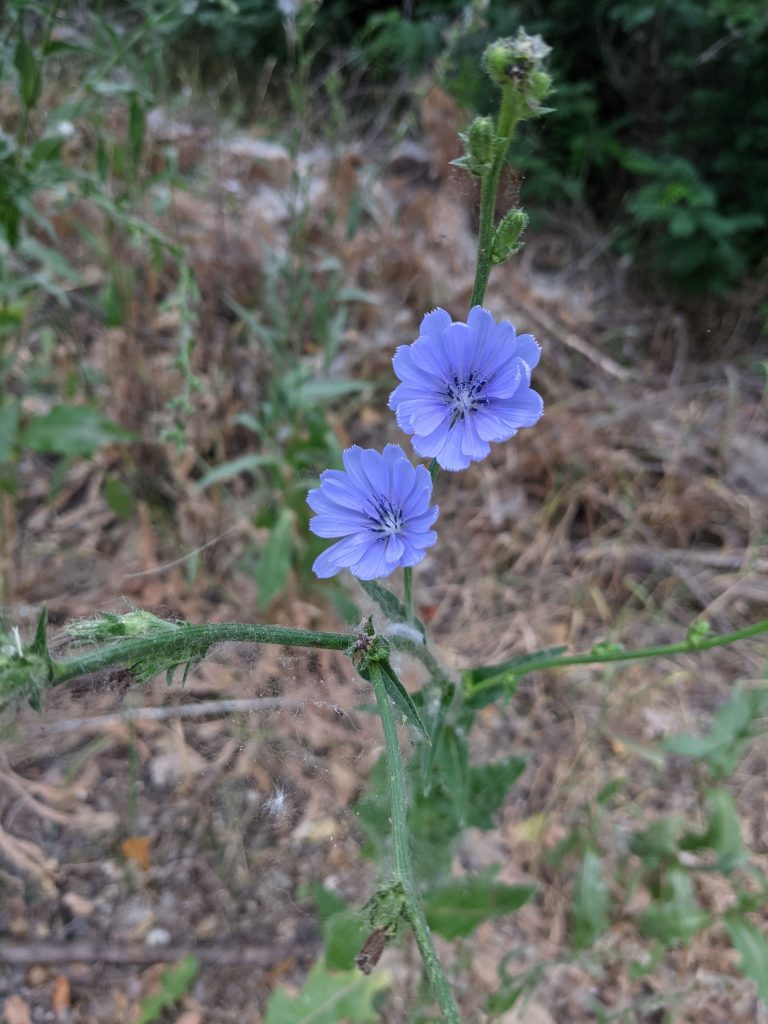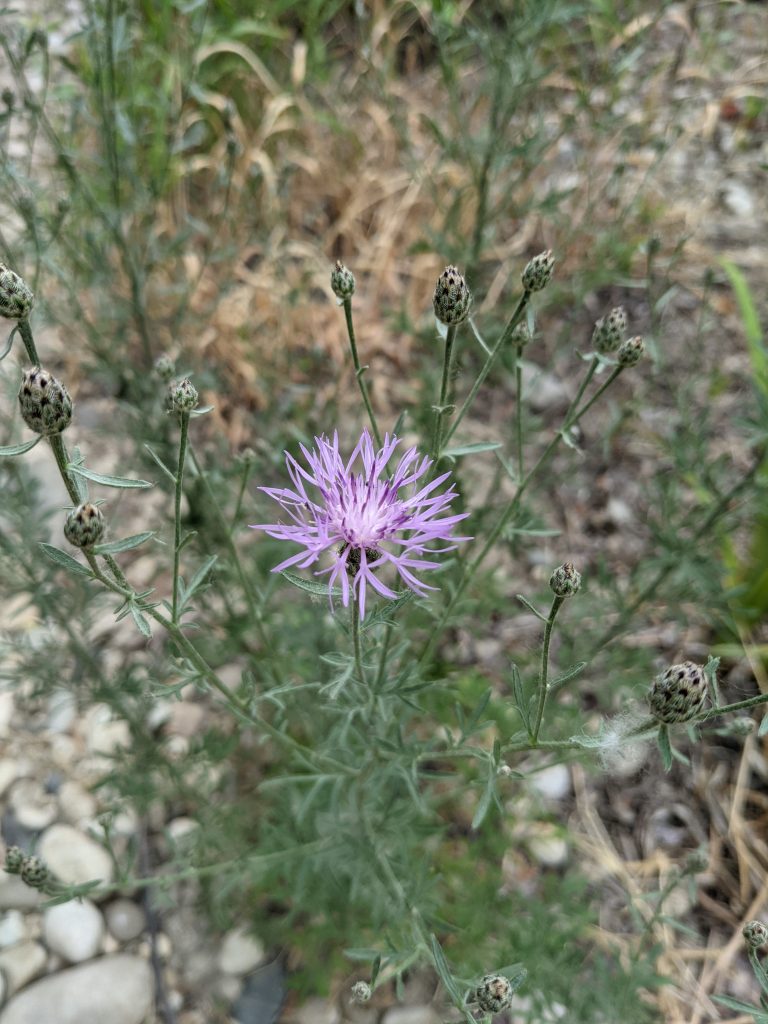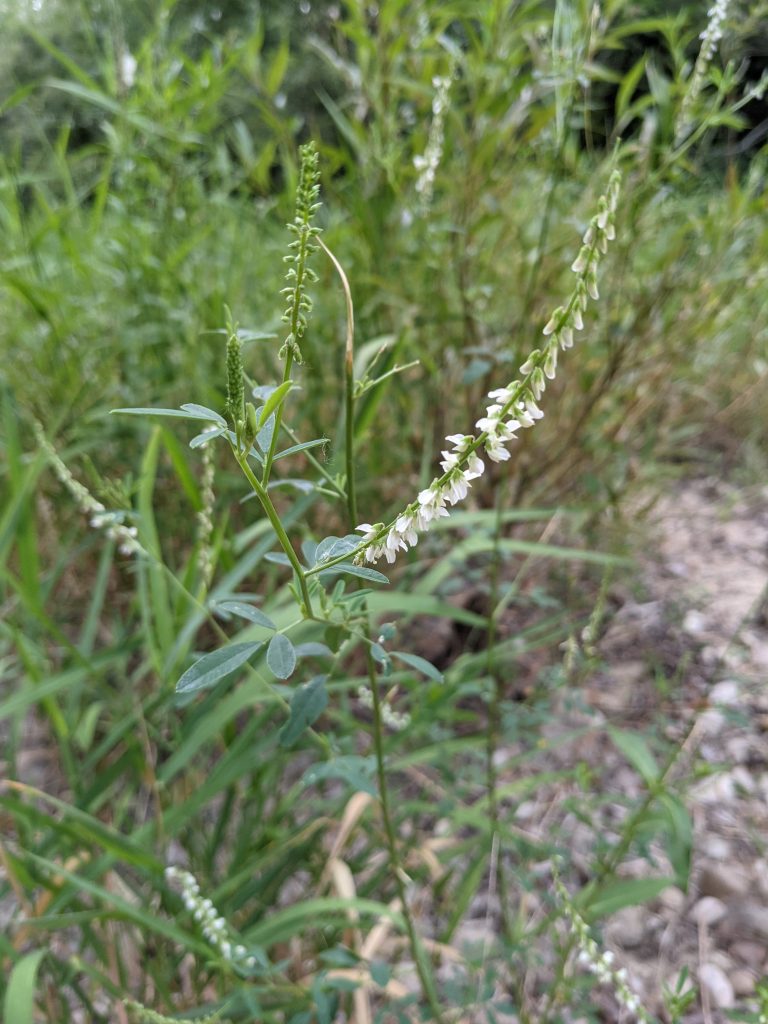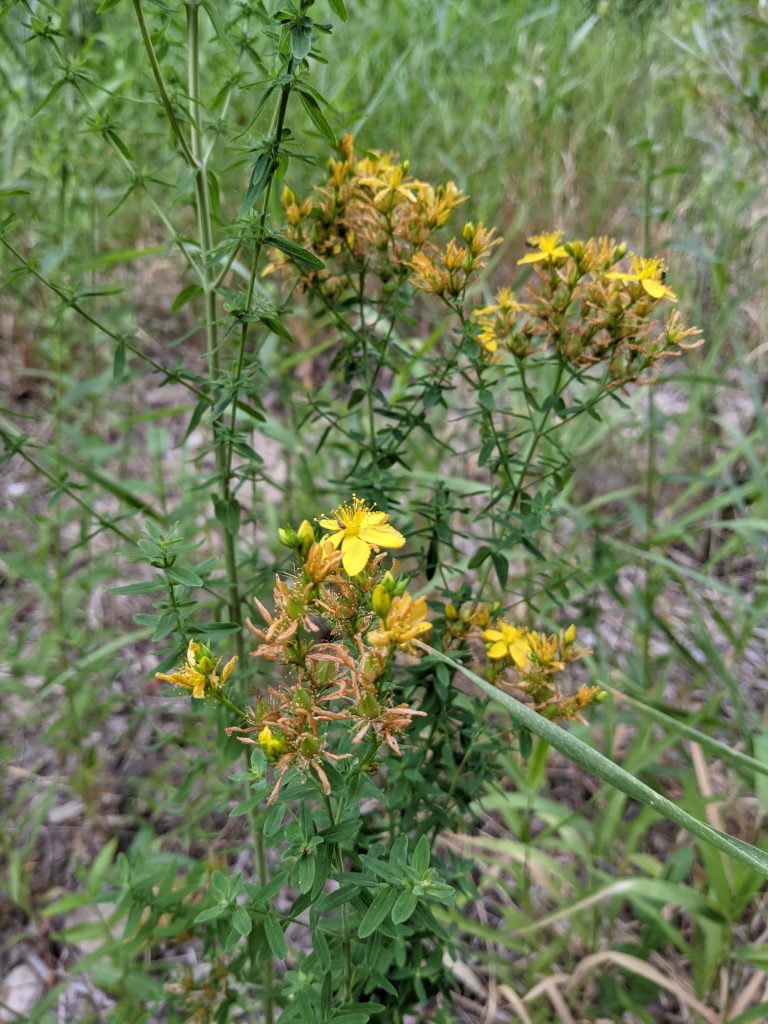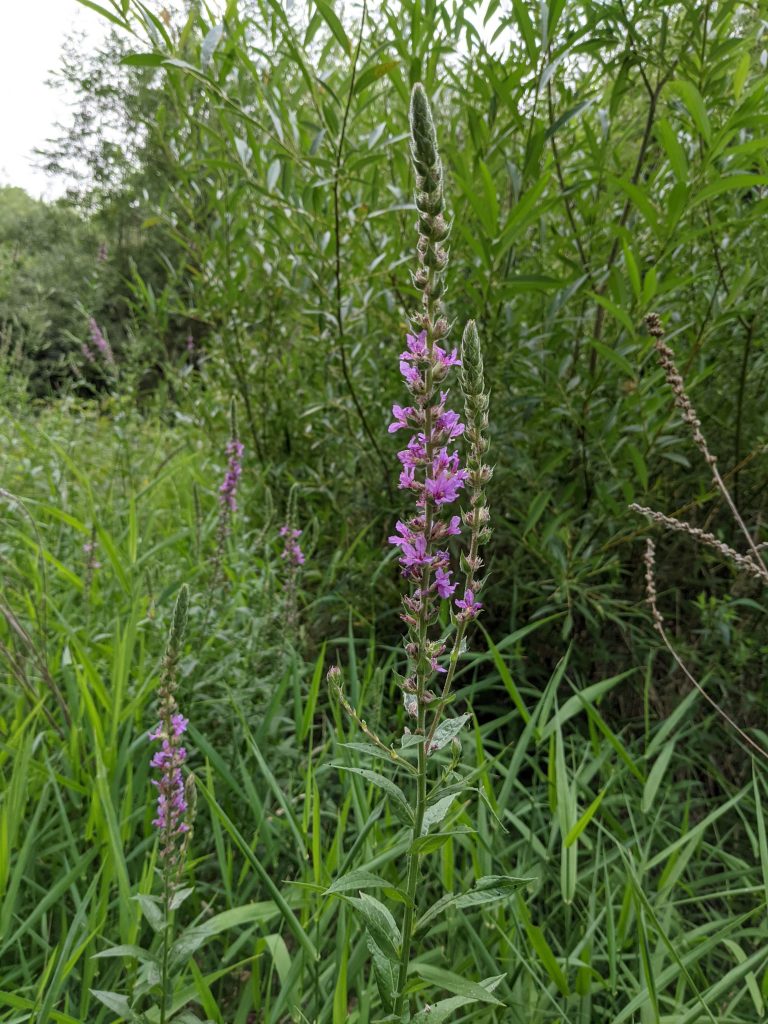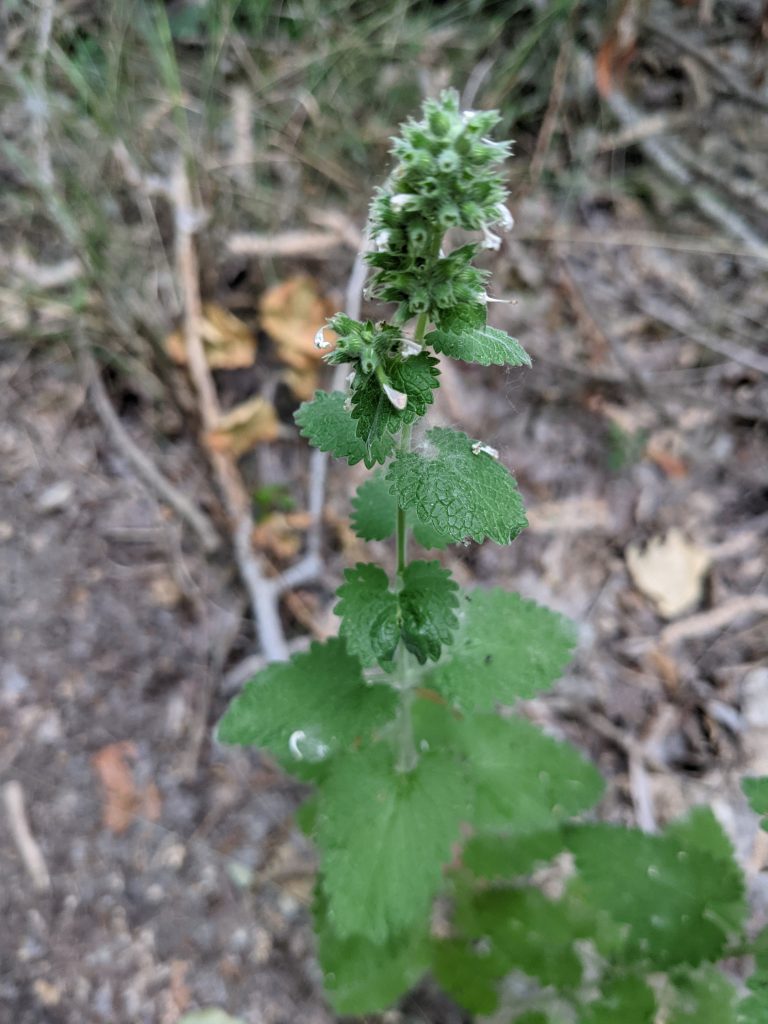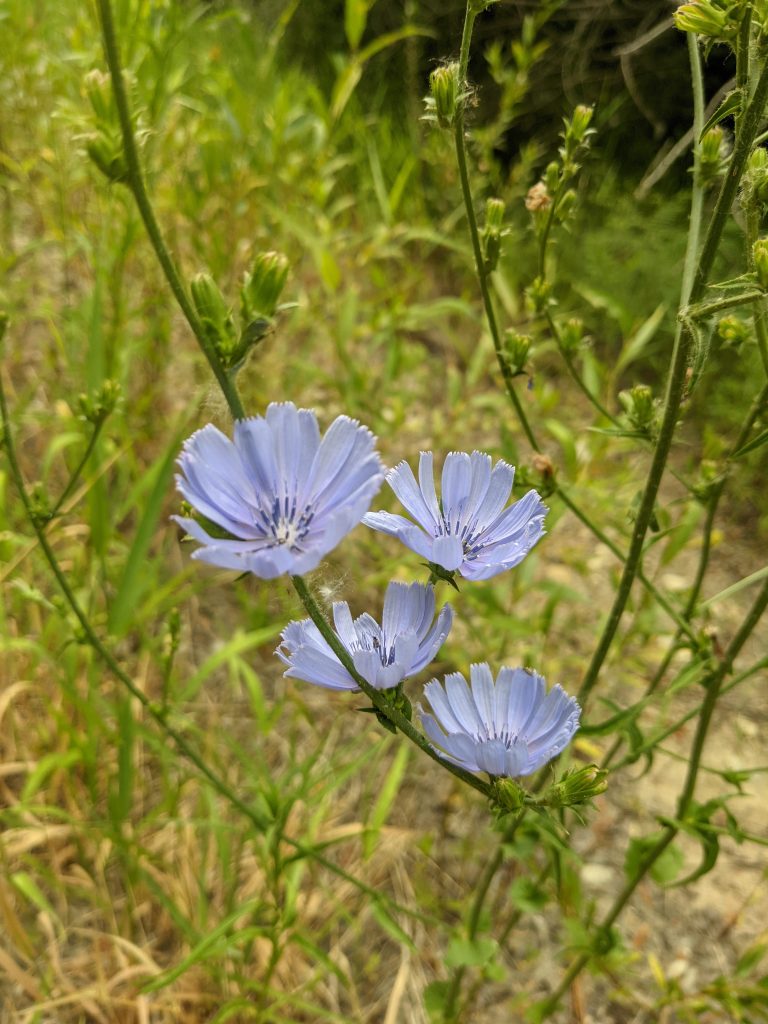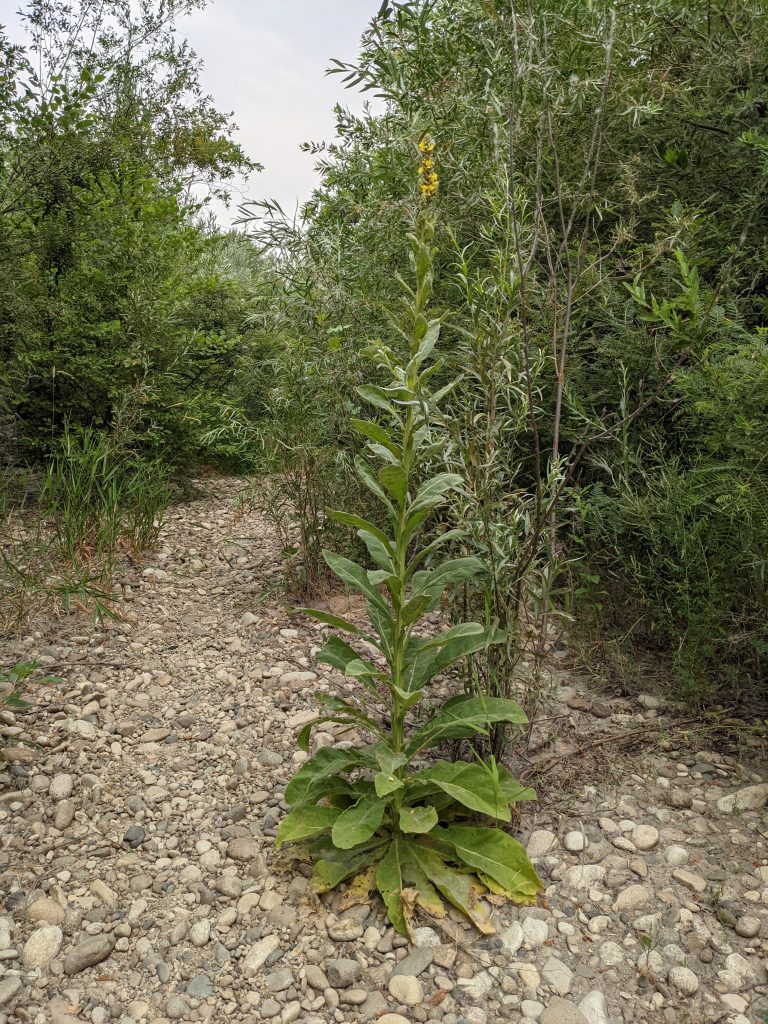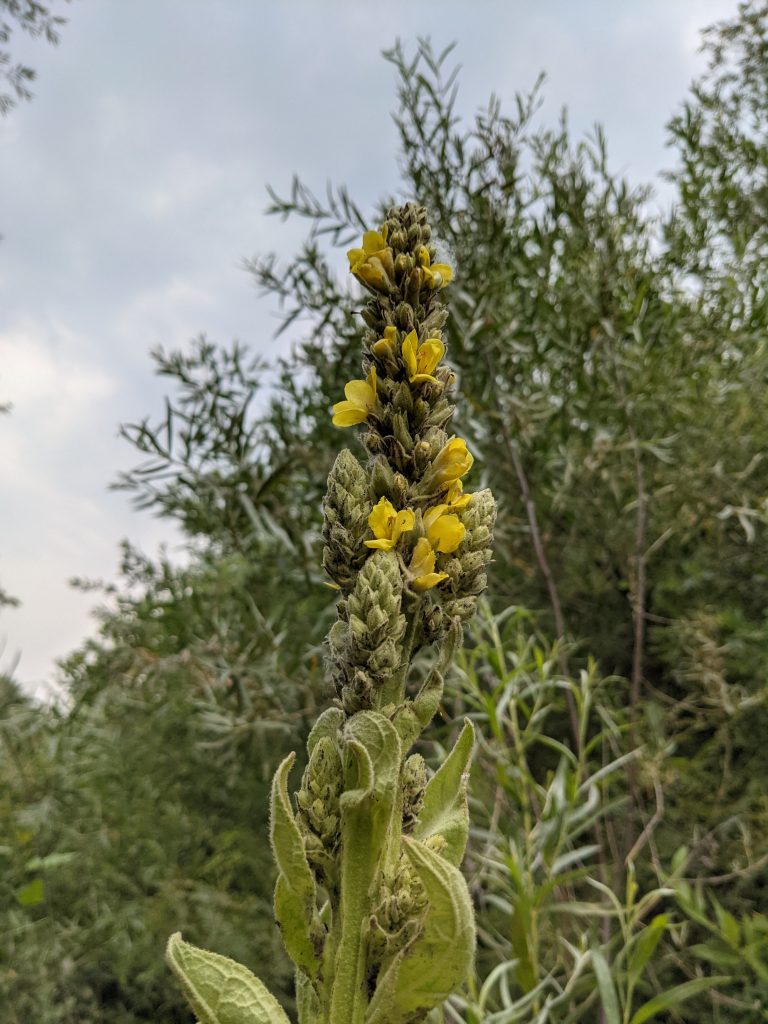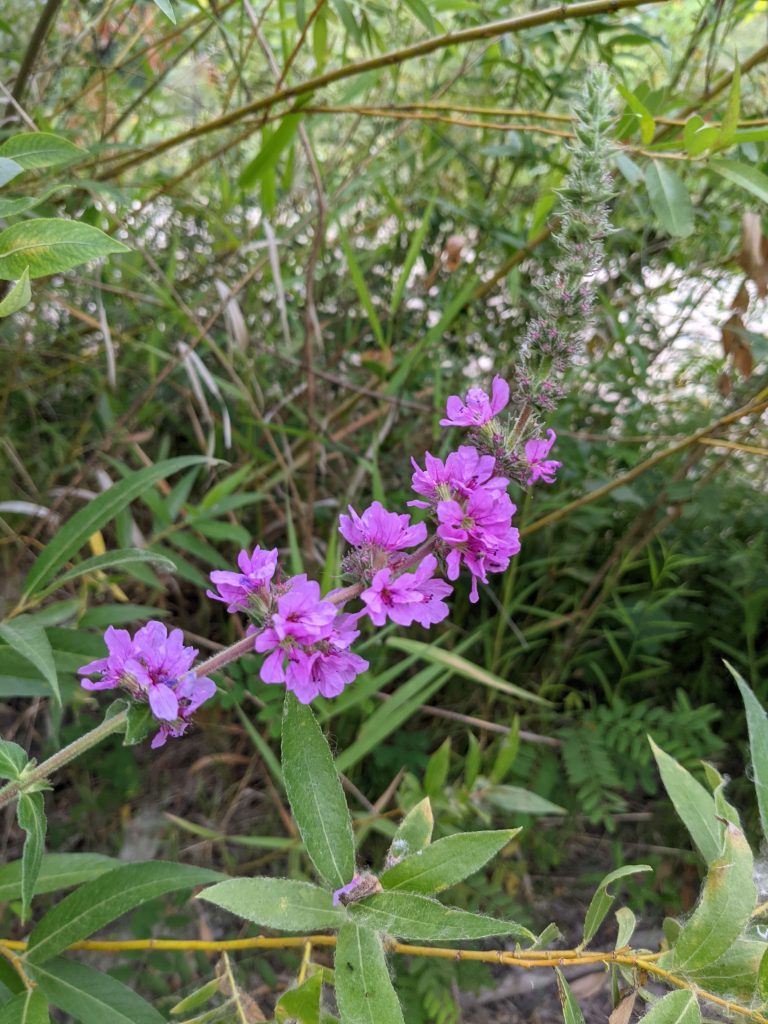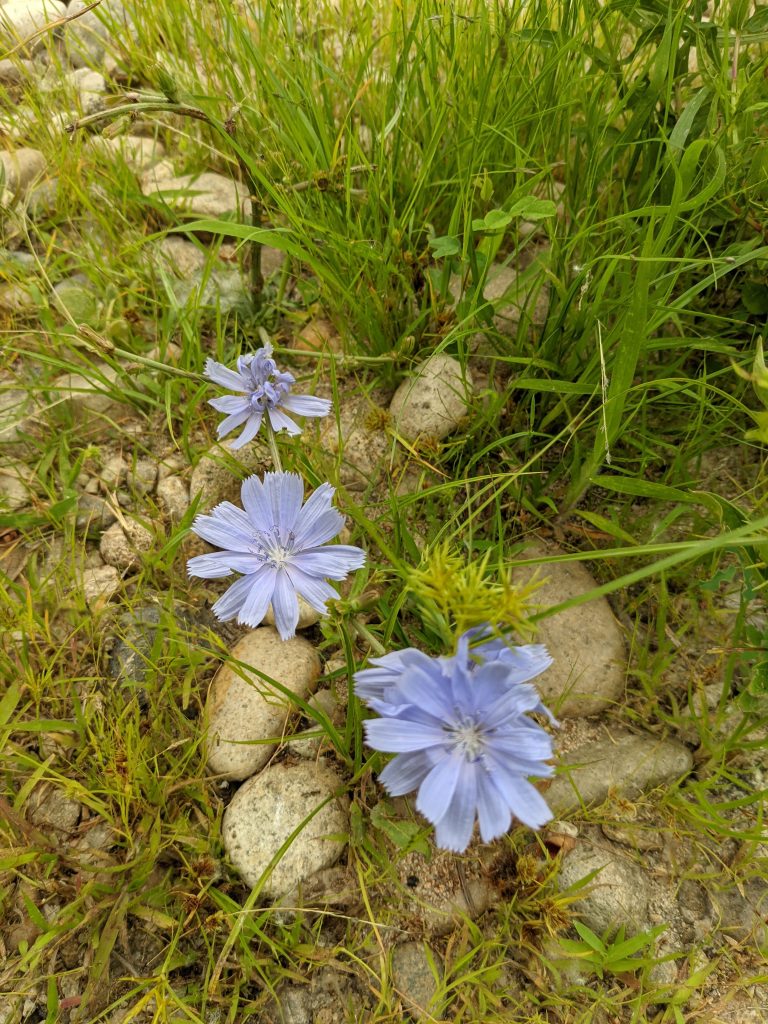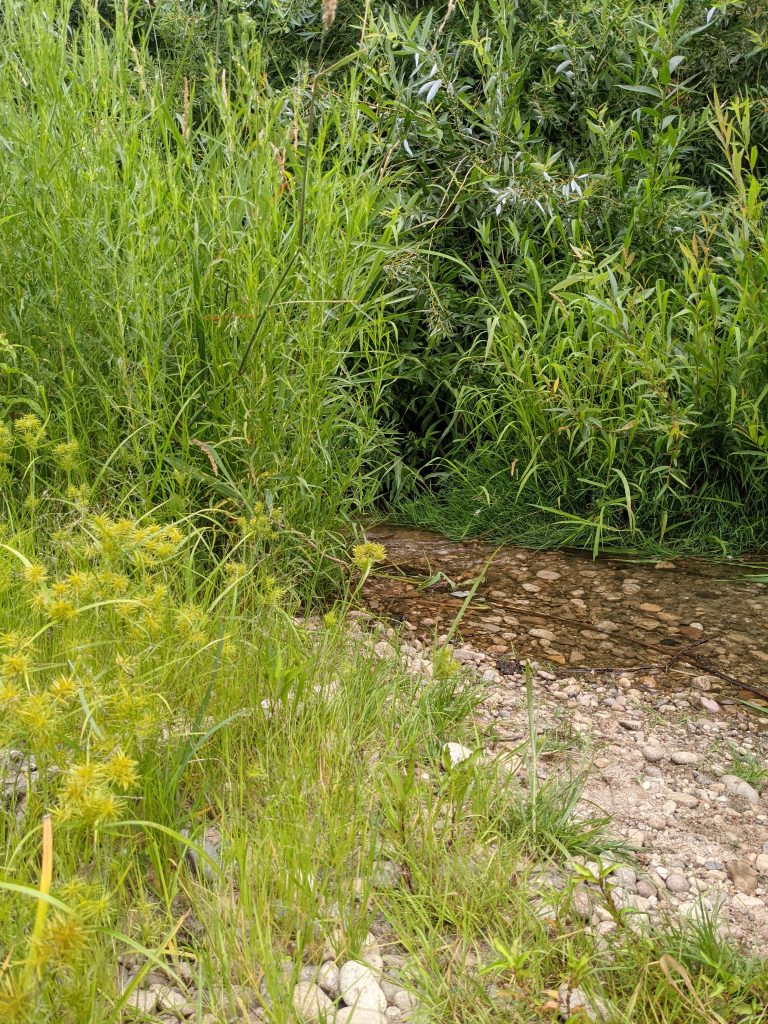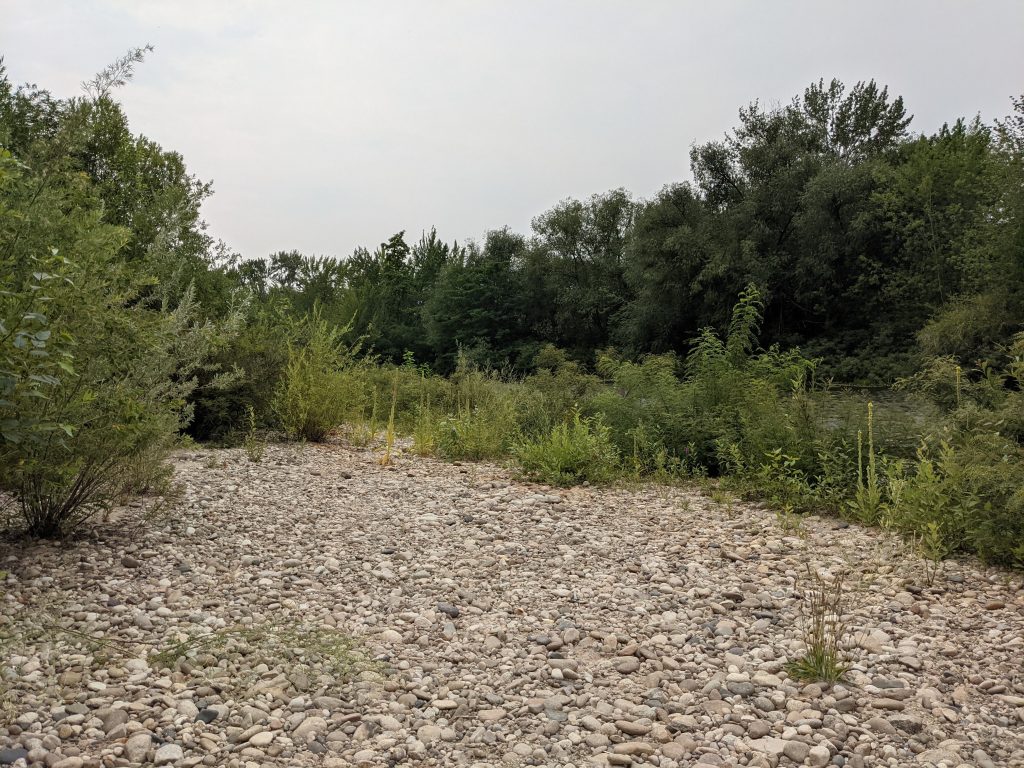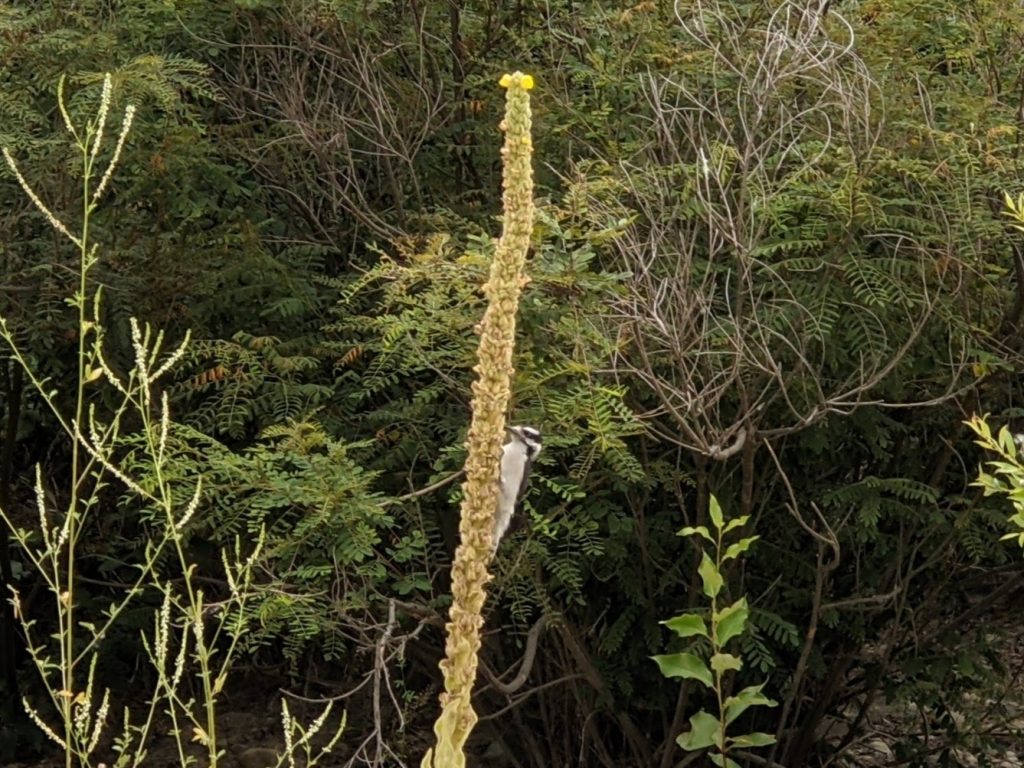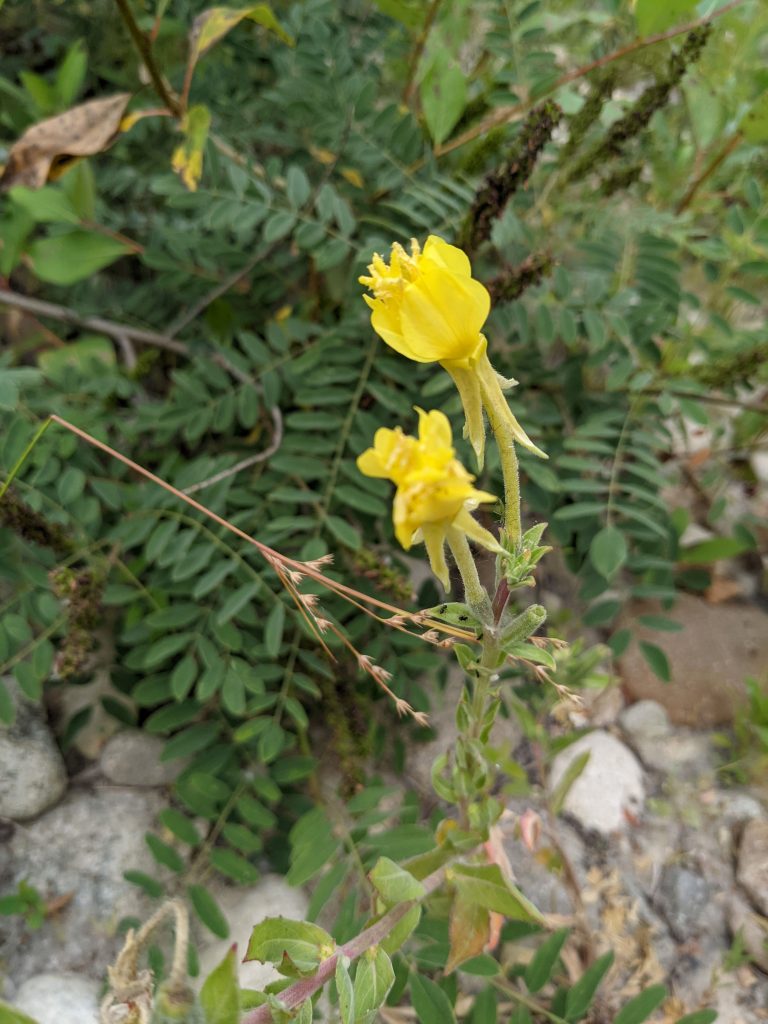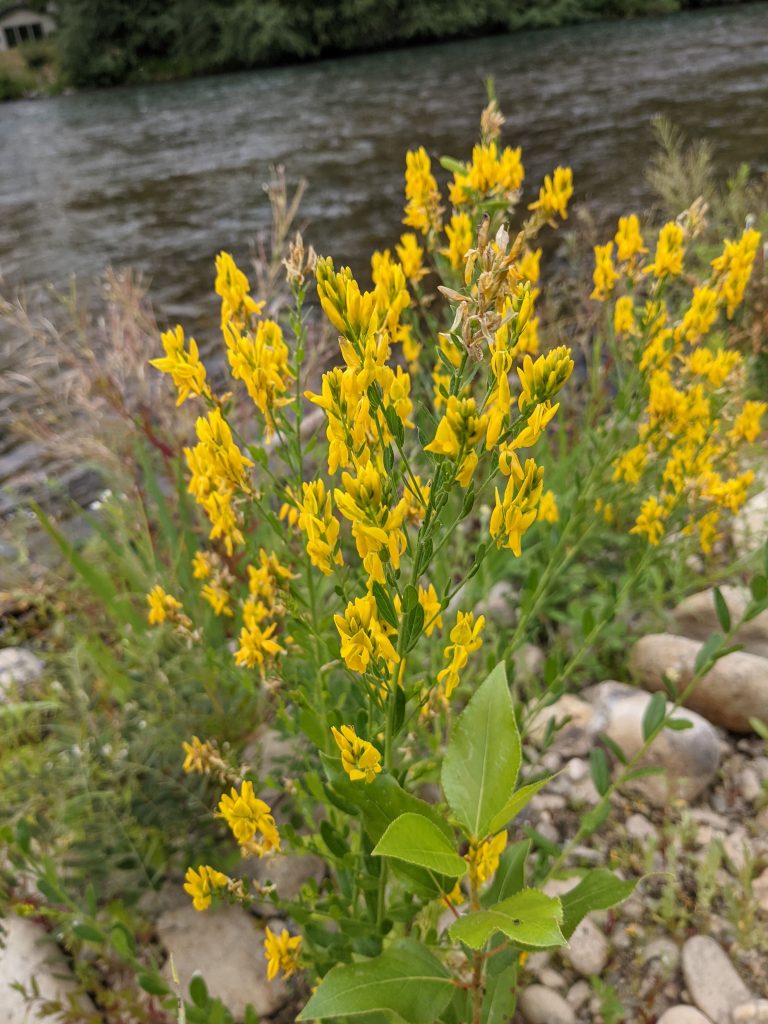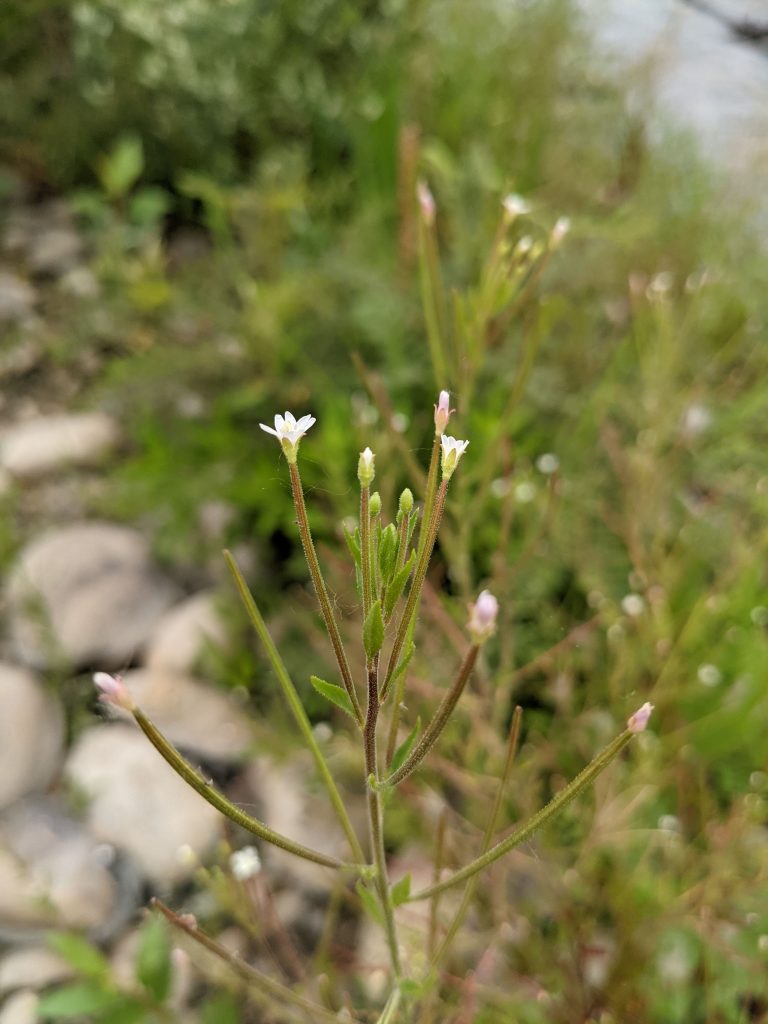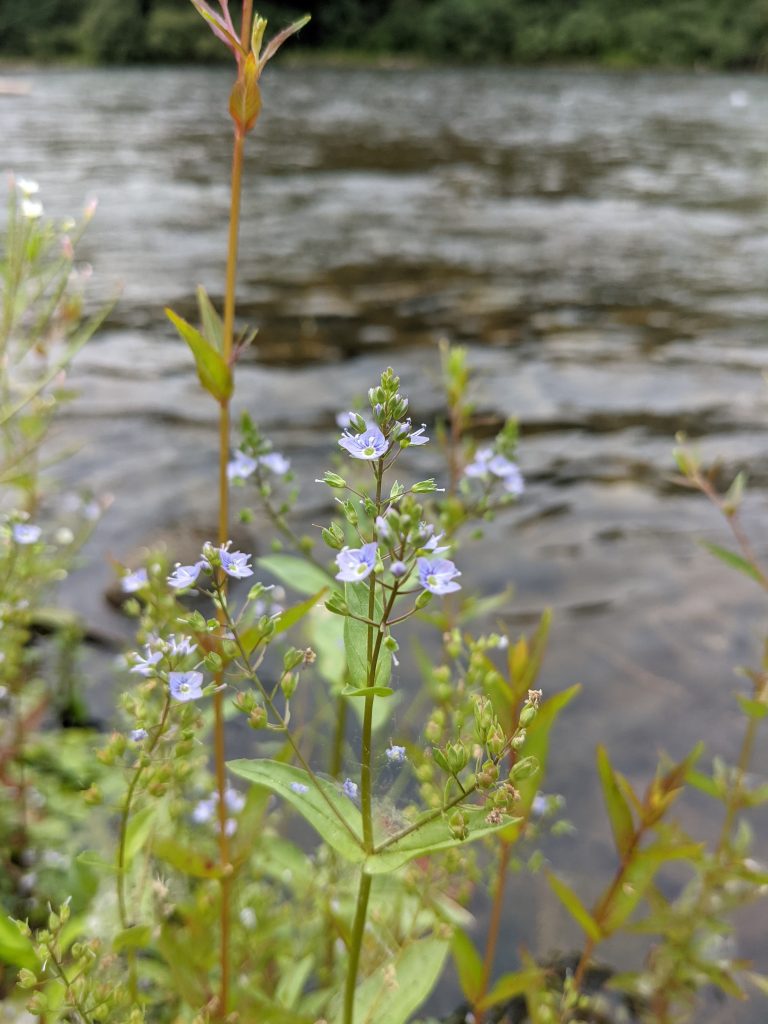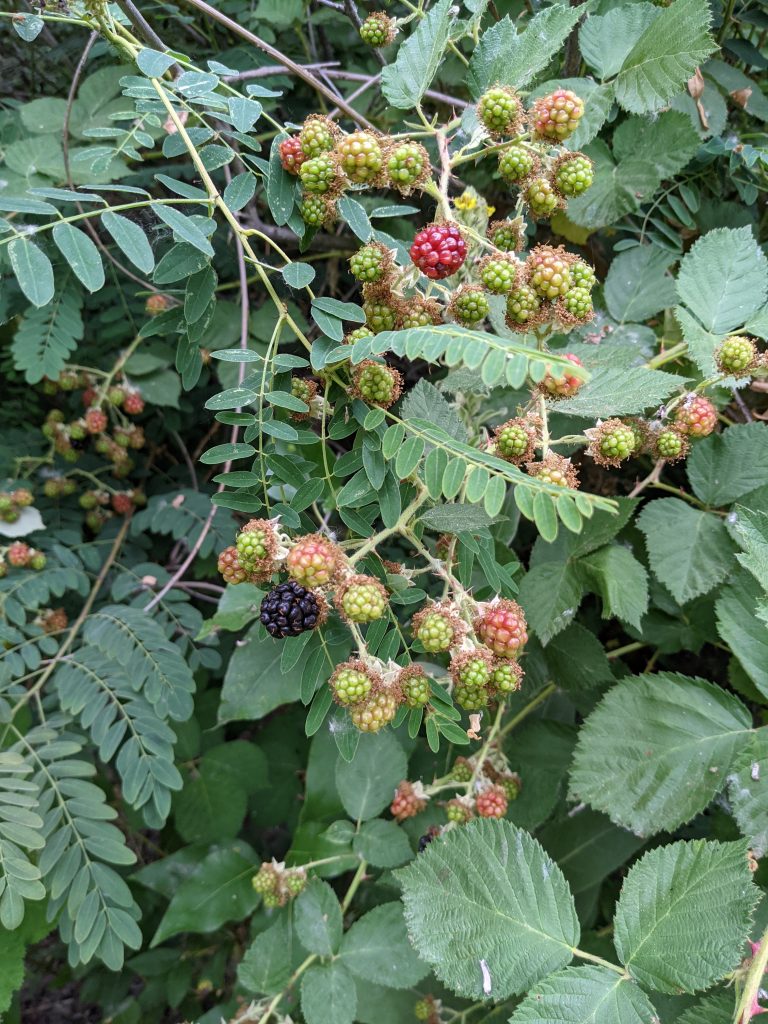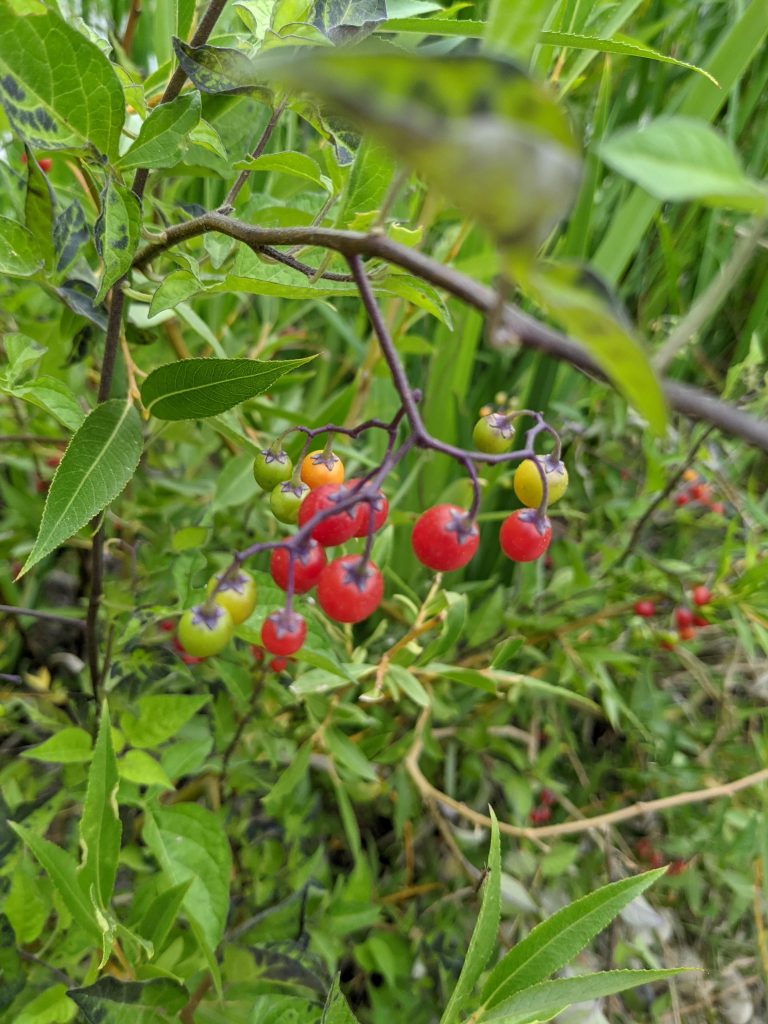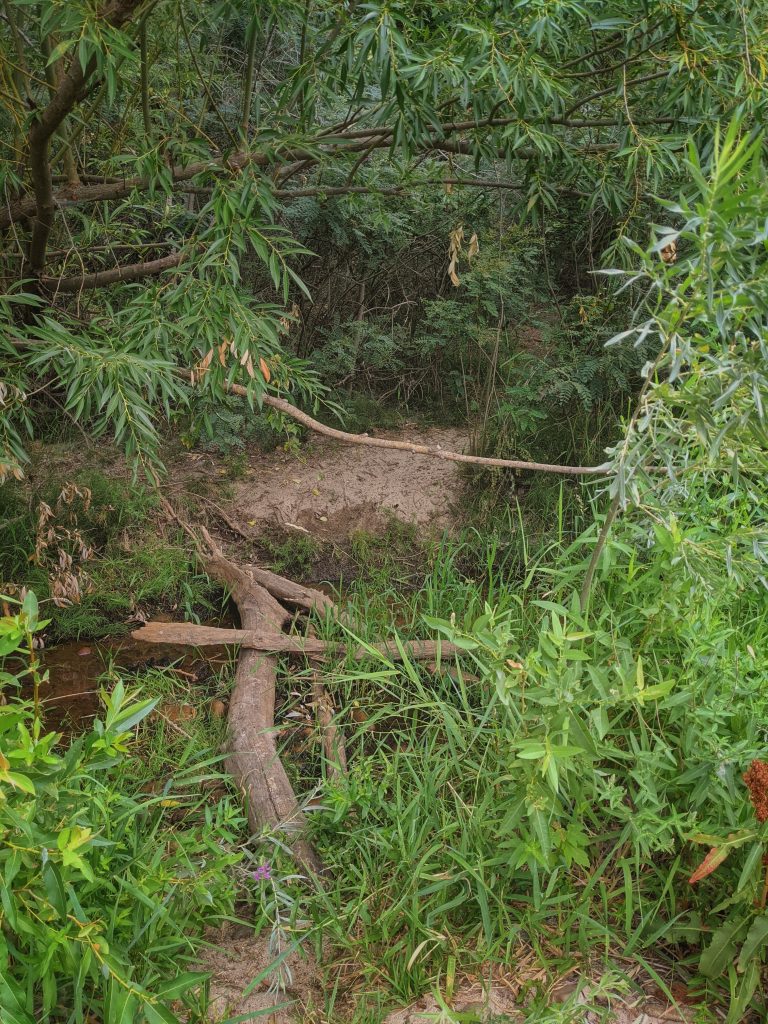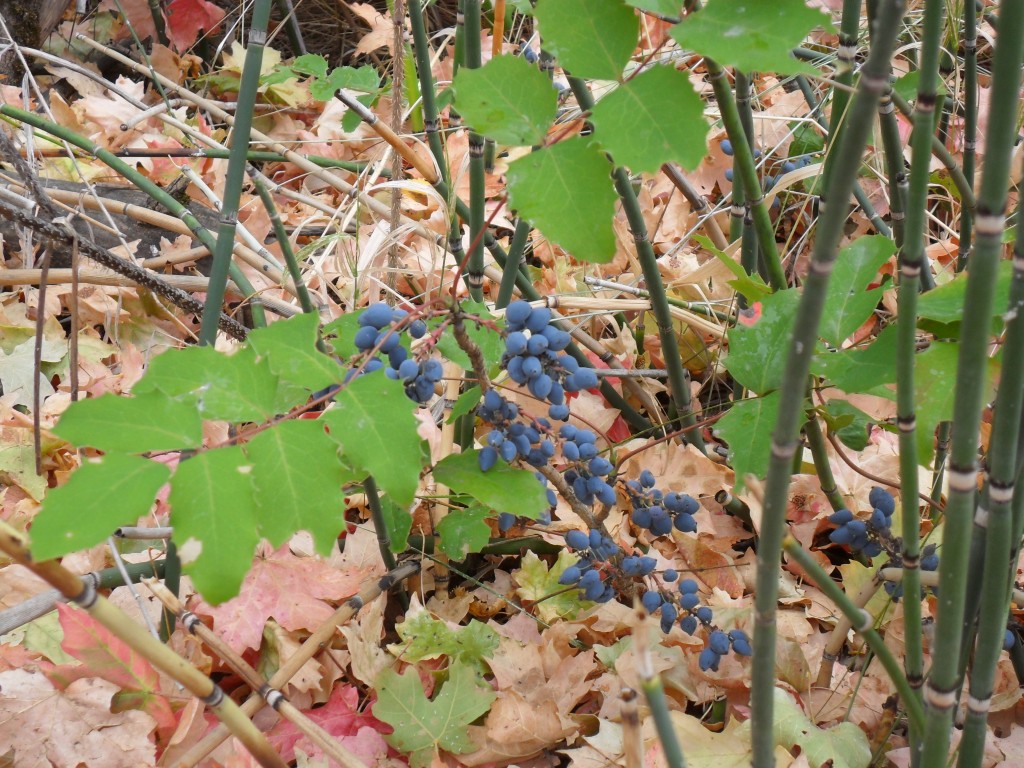On Tuesday last week, I went for a stroll along the Boise River here in Boise, Idaho. To my delight, all the plants have tripled in size since I saw them last, about two months ago. They’ve grown considerably; the bare gravel river banks are now nearly covered in growth. It was a fun trek through all the leaves, sand, gravel, water, and several spider webs. One could follow the sound of the river through the thick green walls of natural labyrinth.
There are plenty of useful plants here, which were most likely intentionally planted. This part of the Boise River is technically the Boise River Park, and is maintained by the Parks and Recreation department. I really appreciate their methods of leaving it pretty much alone save for repairing water erosion and cleaning up human disturbances. I’m grateful we have the Greenbelt here where we can visit a bit of wildlife in the middle of the city. In Japan, research has proven that taking time to just be in nature is beneficial to all areas of our health. Doctors now prescribe Shirin Roku, or Forest Bathing, to reduce stress, which is the cause of a myriad of health problems. In addition, many of these plants that grow wild and may be considered weeds are actually medicinal and are a good source of minerals and vitamins.
This Mullein is the cutest one I’ve seen. It’s only one foot tall! I was collecting mullein flowers to create a cough syrup. I’ve put them in sugar to ferment in a jar for a few weeks in the sun. I’m really curious to see if this works come fall!
If I mislabeled any plants, or if you can identify the two I didn’t know, please leave a comment below!
’till next time,
SATOITA

